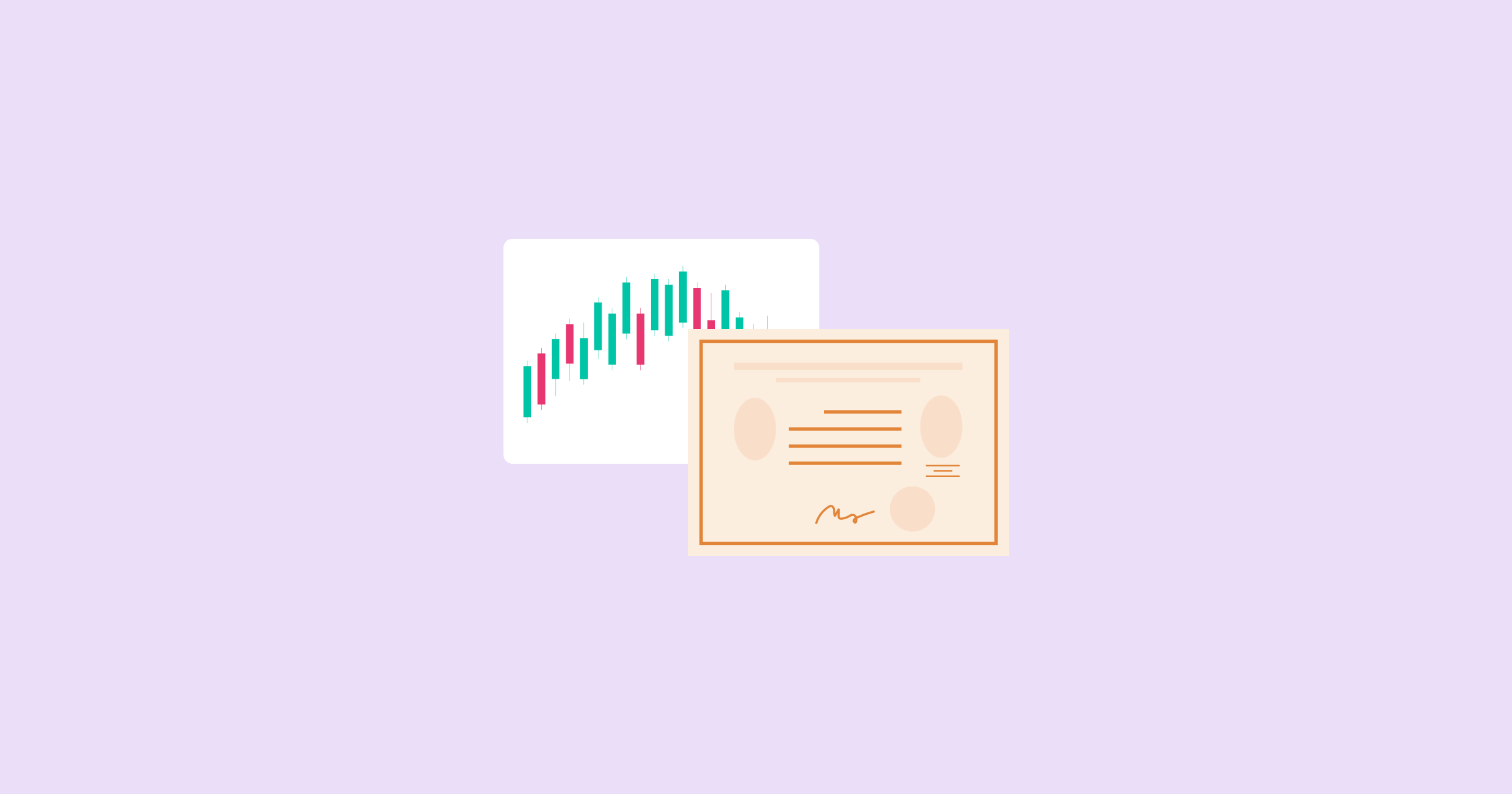Cash equivalents are financial assets that are relatively easy to convert into cash. Though the term is pretty much self-explanatory, you may wonder what exactly these assets are and how they’re used.
Read on to learn more.
Defining cash and cash equivalents
Cash is important for everyday spending and even both short- and long-term investing. When some of your money is easily accessible, you can take advantage of opportunities whenever you find them.
Cash includes the bills and coins you have on hand as well as money in savings accounts. A downside of keeping cash is that it grows very little and can even lose value due to inflation.
Some investors may put part of their cash in investments that are relatively safe, highly liquid, and have short-term maturities. These cash equivalents may allow their money to grow while staying accessible.
You’ll come across cash and cash equivalents as an item on a company’s financial statements or when studying investment options.
What are the characteristics of cash equivalents?
You may find different financial reporting standards for categorizing cash and cash equivalents. However, these assets typically have the following characteristics:
- Short-term – Cash equivalents with maturities should have terms lasting 3 months or less.
- Highly liquid – It must be easy to sell or exchange for cash with little risk of losing its value.
- No restrictions for withdrawals – It should allow for early withdrawal without charging too much in fees or penalties.
Examples include short-term debt securities or bonds issued by the government or creditworthy private institutions. Time deposits that mature within a short period can also serve as cash equivalents.
What are the uses of cash and cash equivalents?
Both individual investors and companies may benefit from keeping cash and cash equivalents. Here’s how:
1. For companies
Companies, especially publicly-listed ones, issue periodic reports to show how well they’re doing financially. In these financial statements or balance sheets, you’ll find cash and cash equivalents as a line item.
This number can help indicate financial health since it tells you whether a company has enough money to pay down any debt it has. A good level of liquidity can also allow a company to grow or expand its operations to stay profitable.
Having a lot of cash, however, might not always be seen as a good thing. Some may interpret an abundance of cash and cash equivalents as a missed opportunity.
That’s because a company can instead leverage its resources to create more value for shareholders. Excess cash is widely considered as “sitting idle” instead of being productive.
2. For individual investors
Much like companies, individual investors can gain flexibility from having cash and cash equivalents in their portfolio. It may be easier to invest in a new product when you have enough money that’s readily available.
With accessible cash, you won’t need to pull money out of existing investments to take advantage of the new opportunity. After all, there's no guarantee that the new investment will outperform existing ones.
The relative safety of cash and cash equivalents can also help you manage risks and maintain some peace of mind amid uncertainty.
On the flip side, however, there may also be such a thing as too much cash in an investment portfolio. A high amount of cash might drag down overall performance.
Both retail investors and companies may need to strike the right balance between seeking growth and managing risks.




